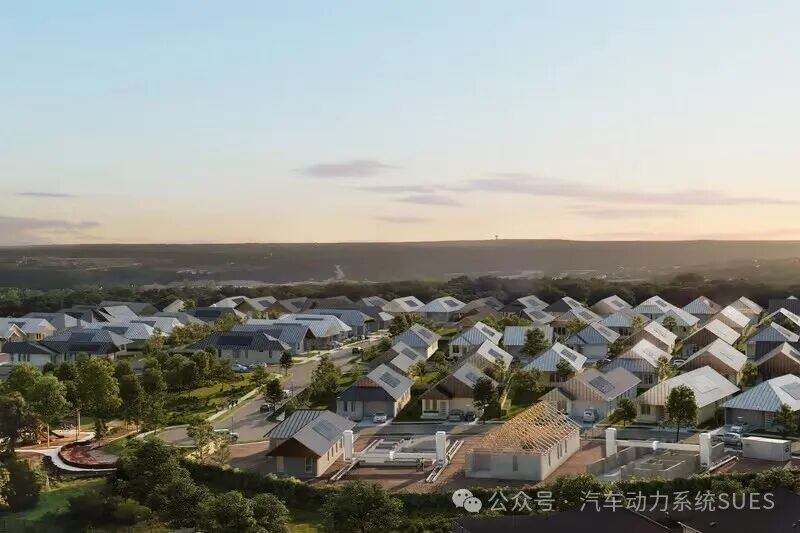Starbucks opens its first 3D printing store in the United StatesJapan’s historical examples of ‘creating with minimal manpower’
On April 28, Starbucks opened a 3D printing retail space in Brownsville, Texas. This location features a Starbucks store made using 3D printing technology. Japan has established a train station built with 3D printing. The technology is creating new niche markets in the construction industry.According to U.S. media reports, Starbucks opened a ‘Drive-through’ and ‘Work-up’ dedicated retail space in Brownsville, Texas, on the 28th of last month, utilizing 3D printing technology. The total area is 136 square meters, constructed by the 3D printer manufacturer Koboard, headquartered in Denmark.Since it is a drive-through service where customers pick up their drinks directly after ordering, there are no indoor seating areas. The company stated that the exterior wall construction was completed in just 6 days using a 3D printer.

Mini train station built using 3D printing technology in JapanPre-manufactured off-site and assembled on-siteEarlier this March, Japan constructed a small train station using 3D printing technology. This station, built by West Japan Railway (JR), is located at the Hichijima Station in Akita City, Wakayama Prefecture. Built in 1948, it will replace the aging wooden structure, with the new station measuring 2.6 meters in height and covering an area of 10 square meters. The company claims this is the world’s first 3D printed train station, but due to its small size, it resembles a shelter.The building was constructed during the 6 hours between the last train leaving at midnight and the first train arriving at 5:45 AM the next morning, utilizing the time when the station was unoccupied. The rapid construction was possible because the main components, such as walls, were pre-manufactured off-site using 3D printing and then assembled on-site. The construction company, Serendix, stated that printing and reinforcing the components with concrete took 7 days. West Japan Railway noted that traditional construction methods would take over two months and cost twice as much.The design of this mini station features carvings of local specialties, oranges and trout, on the walls. 3D printed buildings do not require molds, allowing for diverse architectural designs.Although the building is complete, it is expected to open in July as internal works, ticket machines, and transportation card readers need to be installed.The New York Times reported that Japanese railway authorities hope this 3D printed station, requiring less manpower, can serve as a model for constructing small stations in remote areas.

Aerial view of a 3D printed residential community with 100 homes built in TexasSchools, hotels, bridges, and more… the residential sector is the most activeCurrently, the most active area for 3D printing construction technology is residential buildings. After constructing the world’s largest 3D printed residential community with 100 homes in Georgetown, Texas, the American company ICON has begun a project in Austin to build 100 homes for the homeless. In Germany, social housing for homeless civilians, rental housing for ordinary people in the Netherlands, and homes for wildfire victims in Oregon, USA, have all been constructed using 3D printing technology. The Japanese company Serendix, which built the train station, also constructed small homes for retirees in 2023.3D printing technology is also expanding its applicability in commercial building construction. In Dubai, UAE, the world’s largest 3D printed building, reaching 9.5 stories and covering a total area of 640 square meters, demonstrates that this technology can be applied to large commercial facilities. In Florida, USA, a 3D printed equestrian facility was built, and a 3D printed data center was constructed in Heidelberg, Germany. ICON is also building the world’s first 3D printed hotel in the Texas desert.Additionally, mini bridges have been constructed in the Netherlands using 3D printing technology, and mini schools have been built in Madagascar, Africa. Furthermore, space agencies from the USA, China, and Europe are conducting research on building lunar bases using 3D printing technology, indicating its potential utility in construction in extreme environments.